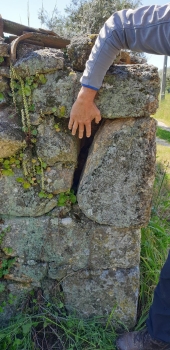
 3
3




PRI PDC Grad Nov 2021
 3
3




 2
2




.png)
My suburban building and homesteading blog https://offgridburbia.com/

 3
3




Some places need to be wild




Shallow groundwater in a perched aquifer can cause expansive clays underneath slab foundations to shrink and swell, leading to the shifting of those slab foundations.
Visit Redhawk's soil series: https://permies.com/wiki/redhawk-soil
How permies.com works: https://permies.com/wiki/34193/permies-works-links-threads
 1
1




PRI PDC Grad Nov 2021
 1
1




folks are getting foundation damage and sump pumps aren't quite cutting it. For context, these are slab-on-grade, and we're dealing with clay and limestone
I emailed the city employee who's heading up the work an idea to use eucalypts to suck out the water (like the swamps around Rome in the '30s). Her answer was along the lines of "that's interesting, here's a citizen committee you can join". I'm thinking of attending to help however I can from a permie perspective, but would like to have more than one real idea to share.
Invasive plants are Earth's way of insisting we notice her medicines. Stephen Herrod Buhner
Everyone learns what works by learning what doesn't work. Stephen Herrod Buhner
 1
1




Yes, planting trees from seed (for a good deep root) would definitely be a low tech way to solve the problem.I had a similar idea about that water retention area: prime real estate for some water loving trees.
Visit Redhawk's soil series: https://permies.com/wiki/redhawk-soil
How permies.com works: https://permies.com/wiki/34193/permies-works-links-threads
 1
1




 1
1




Anne Miller wrote:I do not see this as the City's problem.
 4
4





The Aquifer is divided into three main zones: the contributing zone, the recharge zone, and the artesian zone. The contributing zone occurs on the Edwards Plateau, also called the Texas Hill Country. It is about 5,400 square miles, and elevations range between 1,000 and 2,300 feet above sea level. The rugged, rolling topography is covered with thick woodlands of oak and cedar. Today, the Edwards Plateau bears little resemblance to the prairies the pioneers to the area saw, but it is home to several endangered species and is itself the subject of increasing environmental concerns. The contributing zone is also called the drainage area or the catchment area. Here the land surface "catches" water from rainfall that averages about 30" per year, and water runs off into streams or infiltrates into the water table aquifer of the plateau. Runoff from the land surface and water table springs then both feed streams that flow over relatively impermeable limestones until they reach the recharge zone.
The recharge zone is a 1,250 square mile area where highly faulted and fractured Edwards limestones outcrop at the land surface, allowing large quantities of water to flow into the Aquifer. For this reason, the Edwards is often called a fault-zone aquifer (see section on Faults & Caves for fault map and photos). About 75-80% of recharge occurs when streams and rivers cross the permeable formation and go underground. This is called allogenic recharge. Most of the remaining percentage of recharge occurs when precipitation falls directly on the outcrop. This is called autogenic recharge. A surface water reservoir built partly on the recharge zone,
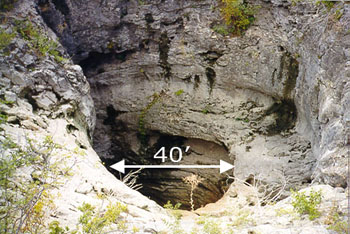
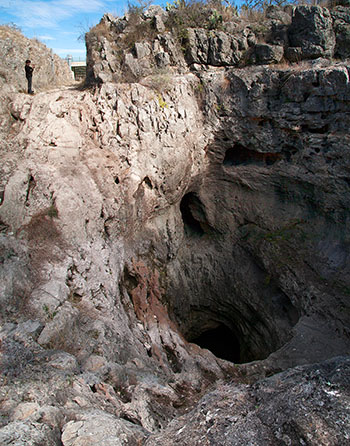
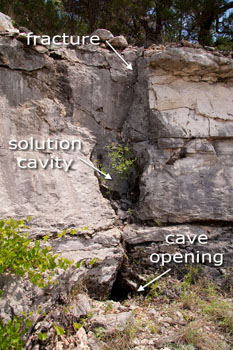
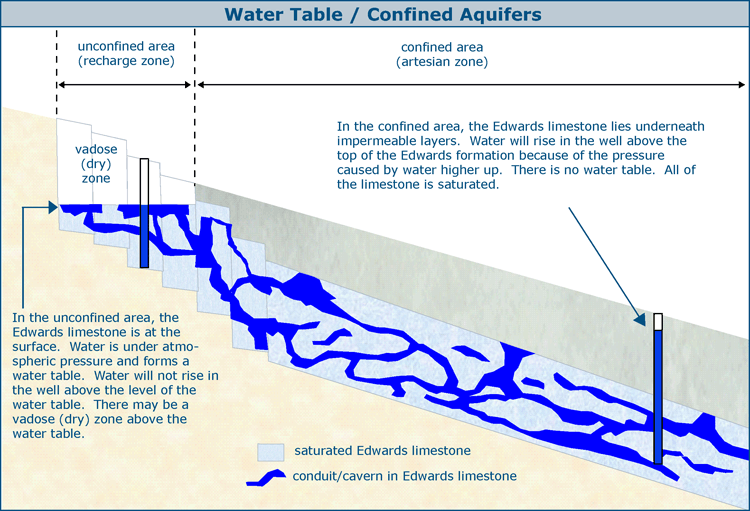
Invasive plants are Earth's way of insisting we notice her medicines. Stephen Herrod Buhner
Everyone learns what works by learning what doesn't work. Stephen Herrod Buhner
 1
1




Terry Byrne wrote:
Anne Miller wrote:I do not see this as the City's problem.
I see a potential for it being at least partially the city [State] to blame, or if there was at developer, as they/whoever ought to have done overall studies to ensure that the ground conditions were okay to meet seviceable conditions for foundations used in that area/city. If this is a very localized problem then someone other than the homeowners bear some responsibility.
Visit Redhawk's soil series: https://permies.com/wiki/redhawk-soil
How permies.com works: https://permies.com/wiki/34193/permies-works-links-threads
 3
3




$10.00 is a donation. $1,000 is an investment, $1,000,000 is a purchase.




Chris Tully
Java developer, Handy man, Gardener
 2
2




Chris Tully wrote:As for water loving tress I would consider Weeping Willows. They provide lots of shade and use lots of water.
$10.00 is a donation. $1,000 is an investment, $1,000,000 is a purchase.
 1
1




Cecile said, "negligence by the developers/ the town that gave the building permit?
Why did they give the green light on construction as the site seems to have been unsuitable for such a large development?
Invasive plants are Earth's way of insisting we notice her medicines. Stephen Herrod Buhner
Everyone learns what works by learning what doesn't work. Stephen Herrod Buhner
 1
1




Chris Tully
Java developer, Handy man, Gardener




PRI PDC Grad Nov 2021




$10.00 is a donation. $1,000 is an investment, $1,000,000 is a purchase.

|
Laborare non amo - latin for "I do not like to work" - thanks tiny ad
The new gardening playing cards kickstarter is now live!
https://www.kickstarter.com/projects/paulwheaton/garden-cards
|
